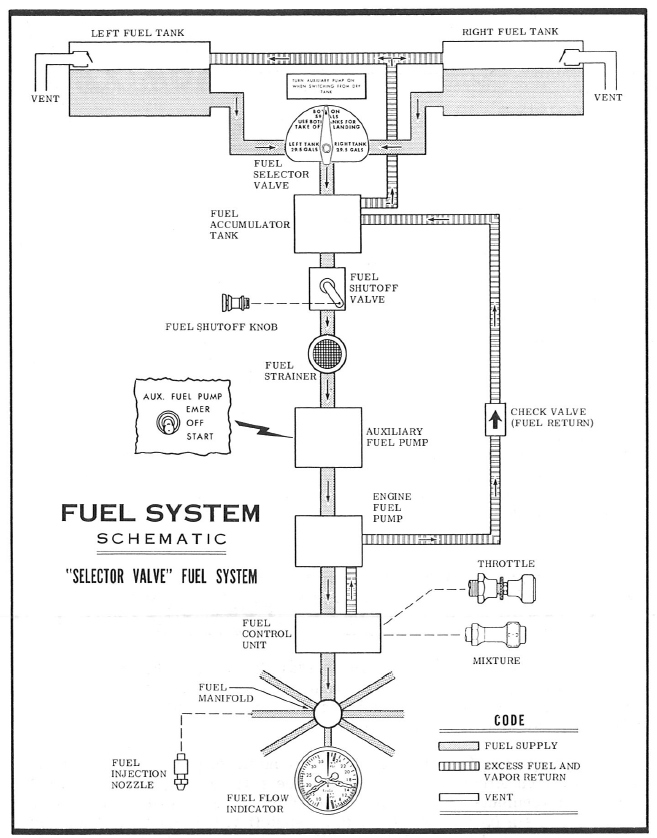eetrojan
Pattern Altitude
Curious question...
Comparing POHs between a Cessna 172P (carbureted) and a Cessna 172R (fuel injected), it looks like the carbureted P-model has an OFF-LEFT-BOTH-RIGHT valve, but the fuel injected R model has a LEFT-BOTH-RIGHT valve and a separate fuel shutoff knob
In the 172R POH, Figure 7-6 shows the actual shutoff valve is located downstream from the LBR valve, between the auxiliary fuel pump and the engine-driven fuel pump.
Some Google-sourced images below.
Why was the fuel shutoff function separated?
Is the reason specifically related to the move from a carburetion to fuel injection system, or generally just a better design?
Thanks,
Joe
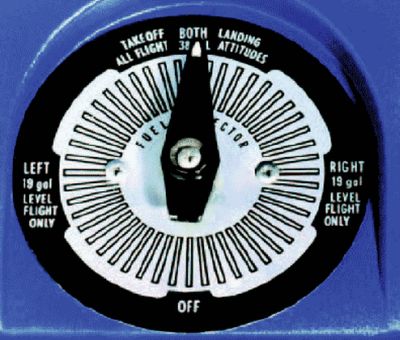
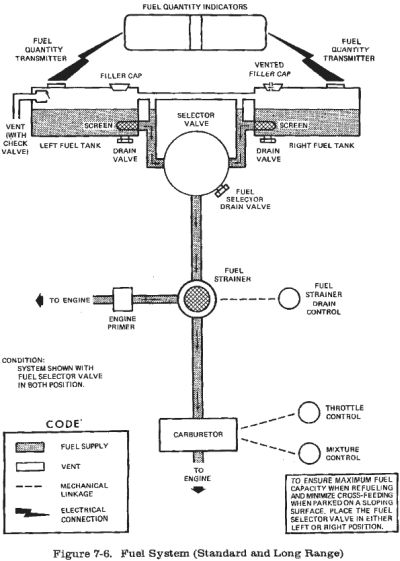
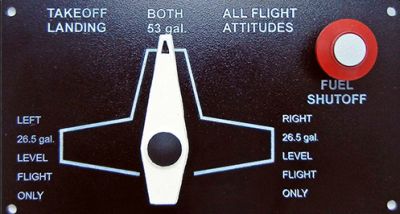
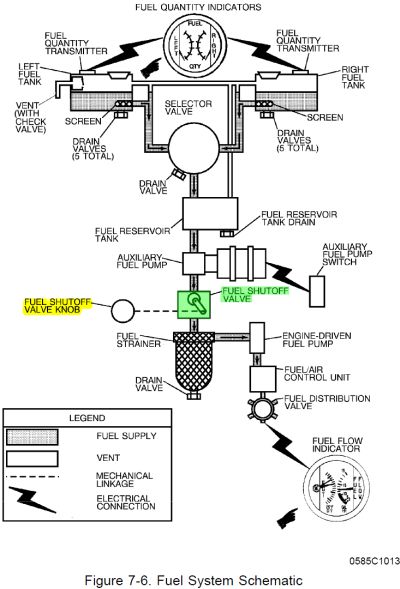
Comparing POHs between a Cessna 172P (carbureted) and a Cessna 172R (fuel injected), it looks like the carbureted P-model has an OFF-LEFT-BOTH-RIGHT valve, but the fuel injected R model has a LEFT-BOTH-RIGHT valve and a separate fuel shutoff knob
In the 172R POH, Figure 7-6 shows the actual shutoff valve is located downstream from the LBR valve, between the auxiliary fuel pump and the engine-driven fuel pump.
Some Google-sourced images below.
Why was the fuel shutoff function separated?
Is the reason specifically related to the move from a carburetion to fuel injection system, or generally just a better design?
Thanks,
Joe




Last edited:

